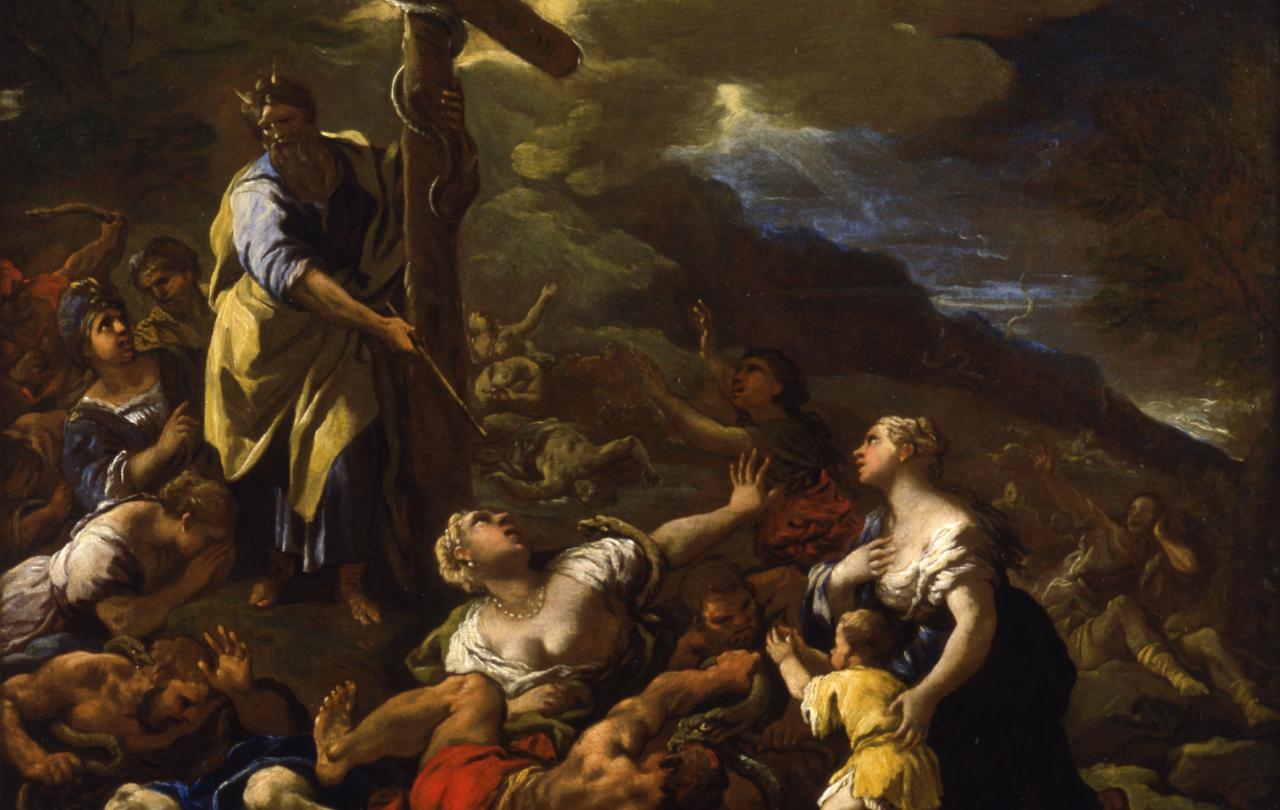
The large-scale slaughter of any religious group deserves robust, stubborn media coverage. Merciless persecution of Christians in Nigeria is the most overlooked and yet most newsworthy story in the country’s media landscape. This violence requires immediate and significantly expanded attention from local media. So why is it not making headlines?
Nigeria, a charmingly vibrant and dynamic capital of the Christian world with nearly 100 million believers, is paradoxically the deadliest country in the world to be a Christian. NGO Open Doors estimates that 12 Nigerian Christians die every day because of their faith – one every two hours. Between October 2022 and September 2023, 4,118 people died in Nigeria simply for identifying as a Christian. These numbers seem more appropriate to the medieval world. The sad reality, however, is that gory, gruesome, and family-destroying violence against Christians is indeed occurring throughout contemporary Nigeria.
Some new media voices, like Truth Nigeria courageously report on these sinister, lethal attacks. It’s a Nigeria-focussed media entity backed by Equipping the Persecuted, a US-based humanitarian non-profit organisation, devoted to exposing avoidable losses of life in Nigeria. A disproportionate number of these nightmarish attacks deliberately target vulnerable Christians living in communities easily accessible to any of Nigeria's many Islamist terrorist sects. New media like Truth Nigeria are filling the coverage gaps created by legacy media inaction. Why are its peers in legacy media not reporting on them too?
Who are the most trusted voices in the contemporary world? For perhaps the first time in modern history, legacy media no longer have seniority in the coliseum of global thought. Popular disenchantment with it is growing globally. Billions of people worldwide no longer perceive traditional legacy media as a trustworthy and legitimate arbiter of information.
Few Nigeria-focused media voices (legacy or new) calculate it as in their interests to speak out against the abuses.
A key reason for the growing disenchantment is the increasingly obvious and frustrating political capture of legacy media voices. Channels and publications were once trusted for their popularly perceived independence, objectivity, and nonpartisanship. Now those politically unbiased legacy media have become an endangered species nearing extinction.
Such media evolution is especially pronounced in the US. An American media landscape once led by legacy media channels like CNN, ABC News, and Fox News now includes new-kid-on-the-block podcasters like Joe Rogan, Megyn Kelly, Tucker Carlson, and Candace Owens, whose shows attract millions of views and subscribers. Independent, personality-driven new media voices like these regularly outperform their legacy media counterparts, the latter of which are being increasingly deemed by critics as too establishmentarian, out of touch, and unappealing to younger viewers.
In Nigeria, like in the US, popular public perception apprehends the relationship between media and the state to be too close for the media to operate autonomously and impartially. A relevant factor is the federal and state governments hold the lion’s share of power. They are able to shut down or severely damage the operational capacity of the media that does highlight the kleptocratic industrial complex reinforcing infamous world-leading levels of inequality. Few Nigeria-focused media voices (legacy or new) calculate it as in their interests to speak out against the abuses so entrenched in the social and historical fabrics of Nigerian society. Mass and violent persecution of Christians is perhaps the most significant of these abuses.
Like many other countries, Nigeria has no shortage of newsworthy stories marked by great abuse and violence. However, the fact that the ongoing slaughter of Christians is taking place in one of the global capitals of Christianity, the religion most responsible for building the modern world, suggests the refusal of legacy media there to report on local massacres is driven by political factors. Ones that differentiate it from the dramatic changes in the media industry we are witnessing in countries like the US.
Many influential media personalities in Nigeria went to Christian schools and universities, and worship in Christian churches. However, they refuse to use their positions of power to draw attention to fellow members of their global community of Christians who are violently killed every single day in the same sovereign land on which they sleep at night.
What’s driving the reticence?
One of the distinctive factors contributing to Nigerian legacy media reticence to cover such killings is that Nigeria is the only country in the world that is home to both world-leading numbers of Christians and Muslims. The country has the world’s sixth largest number of Christians and the world's fifth largest number of Muslims.
Reports on killings of Christians, especially given that many Muslims also die from radical Islamist violence in Nigeria, could be perceived by viewers as religious bias fanning flames of sectarianism in a country already notorious for such violence. A second factor is that legacy media coverage of these slaughters implicates the disappointing response of Nigerian state agencies charged with maintaining security. Proud state personalities would likely react to negative media coverage of their performance by becoming even less engaged with the media.
Either way, the Nigerian government has built for itself an infamous global reputation for being dysfunctional when trying to serve its citizens. And in contrast, only achieving a semblance of normal function when serving the interests of its kleptocrats and oligarchs. Vulnerable Christians living in regions affected by religiously motivated violence who live to see another day (unlike their less fortunate friends and family members) bear the brunt of a disinterested government and the politically captured media that fails to report it.





